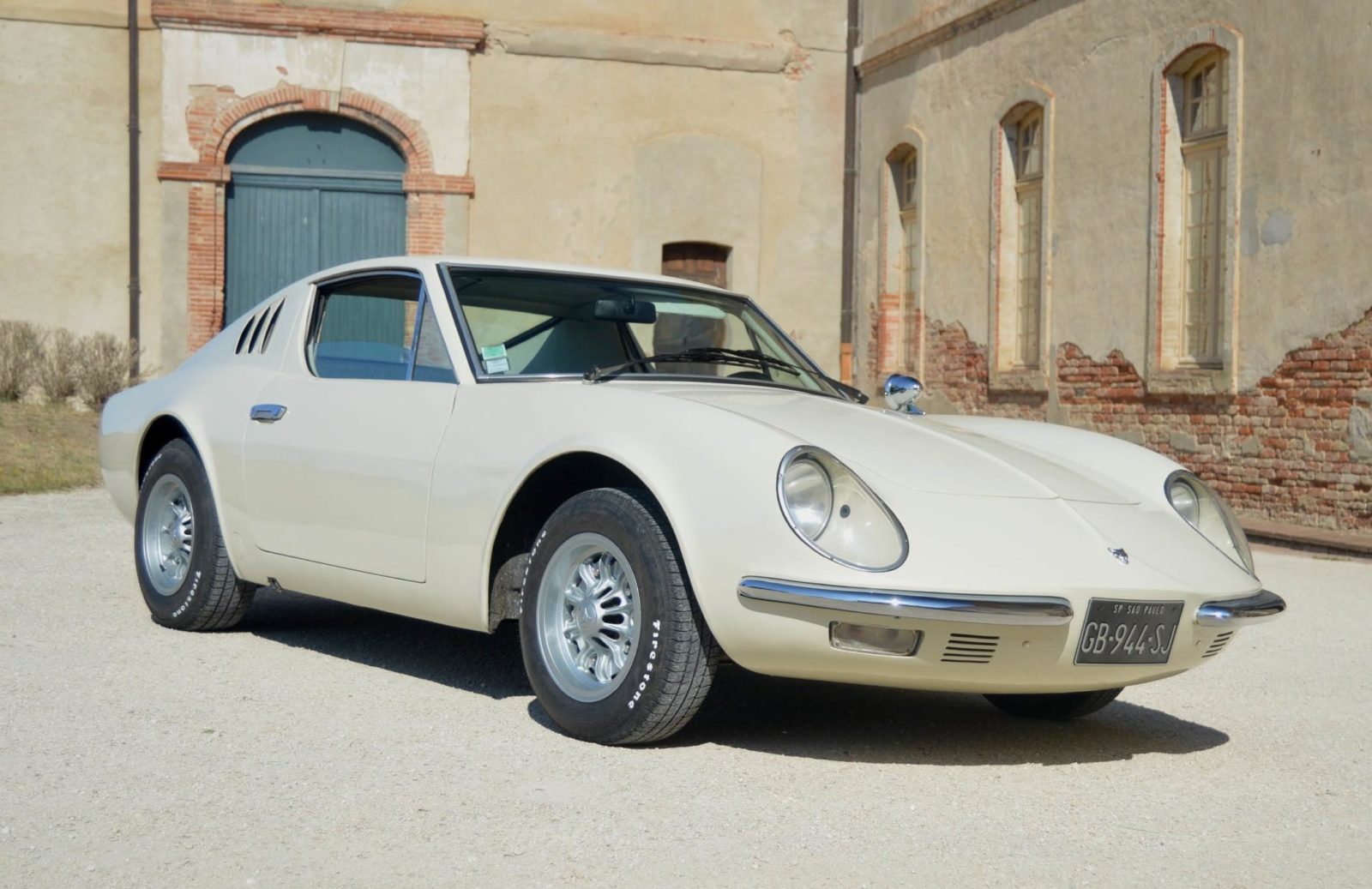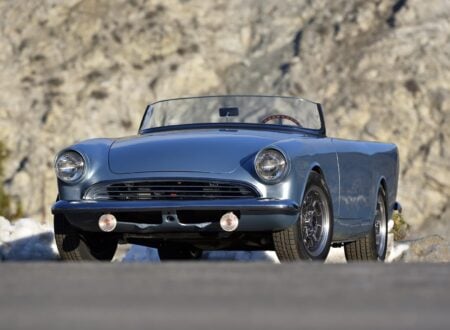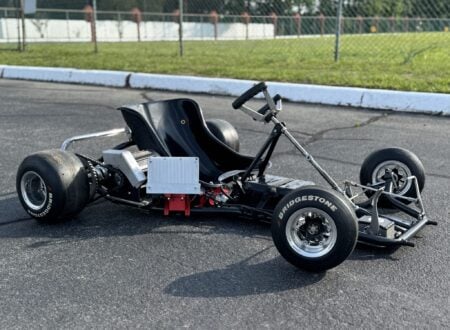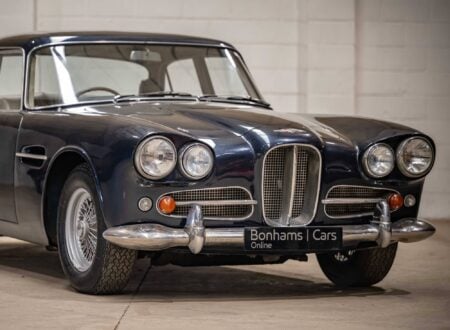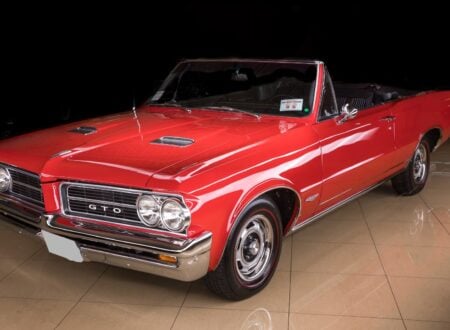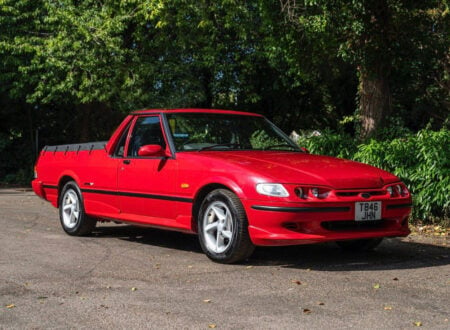The Puma GT is one of the best-known sports cars built by the Brazilians during a time when importing cars into the South American country had been made almost impossible – the government was hoping to build up a local automotive manufacturing industry.
Many of the sports cars built in Brazil over this timeframe where based on the VW Beetle platform, or the VW-based Karmann Ghia, as there was a major Volkswagen factory in the country producing vast quantities of cars for the local market.
Fast Facts – The Puma GT
- Puma manufacturer Sociedade de Automóveis Lumimari Ltda was founded in Brazil in 1964 by Rino Malzoni, as well as Luiz Roberto Alves da Costa, Milton Masteguin, and Mário César de Camargo Filho.
- Rino Malzoni was an Italian immigrant to Brazil, he was in charge of designing and engineering the vehicles, which he often did in a matter of just a few months working at a remarkable pace.
- Malzoni’s designs have been lauded in Brazil and around the world for their elegance and timeless appeal, a feat made all the more impressive by the fact that he started out working by hand in a workshop in Sao Paolo with limited access to equipment.
- The Puma GT was one of the company’s most important early designs, it was based on the Karmann Ghia platform with a fiberglass body, a 1500cc or 1600cc VW flat-four engine, a 4-speed gearbox, and it was built between 1967 and 1970.
Rino Malzoni – The Italian/Brazilian Maestro
Puma was essentially based around a series of successful racing cars built by Rino Malzoni, an Italian who had immigrated to Brazil as a child with his family who planned to farm coffee in Matão, in the state of São Paulo.


Malzoni had initially become a lawyer however he soon discovered it wasn’t his true passion, he spent countless hours in his uncle’s automotive workshop in the local town and learned the ropes.
Before long his was customizing cars, like a Ford Model A and an Austin A90 Atlantic, he soon graduated to working on more illustrious cars like a BMW 328 and a 1952 Maserati coupé into which he transplanted the drivetrain of a Ferrari 250 Testa Rossa.
Malzoni developed his own sports car based on the chassis of a 1.0 liter DKW with 50 bhp, it may not sound like much but it was notably more than the ~30 bhp of the Volkswagens of the period. The DKW had a separate chassis and body, allowing a new body to be constructed and fitted – creating the Malzoni GT which was unveiled in 1963.
This was soon followed by the Malzoni GT Type II, the Type III, and the Type IV, all incorporating the many lessons that were being learned by Malzoni and his team along the way. The early steel bodied cars soon made way for fiberglass, as it was far cheaper and easier to work with.
Brazil’s Puma Car Company
Puma was originally founded as the Sociedade de Automóveis Lumimari Ltda in 1964, “Lumimari” came from combining the two first letters from the first names of the company founders: Luiz Roberto Alves da Costa, Milton Masteguin, Mário César de Camargo Filho, Rino Malzoni.
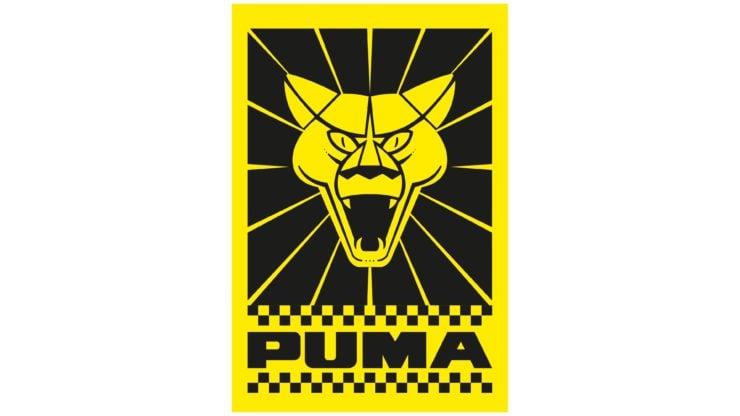

Lumimari would further advance the designs of the Malzoni GT cars built earlier in the 1960s, still using the German DKW platform. Their first car was the Puma GT, it was unveiled in 1966 and it promptly won “Brazil’s Most Beautiful Car” by Quatro Rodas a popular Brazilian car magazine of the time – interestingly the jury included the lauded automotive designer Nuccio Bertone.
The Puma GT wasn’t just good-looking, it was quick. Various Puma GTs competed in at least 54 races taking 15 victories, 12 second places, and seven third places – phenomenal results for a brand new automaker.
One of the young drivers that would cut his teeth piloting a Puma GT was future Formula 1 World Champion Emerson Fittipaldi, who co-drove with Jan Balder in the 1966 Brazilian 1000 Mile race.
It was at this point in history that the Lumimari marque nearly collapsed, they had sold 135 examples of their new sports car and were enjoying their remarkable racing successes when news broke that DKW would be ceasing local operations in Brazil. This swept the legs out from under the still-new company as it removed the platform they used for the Puma GT.
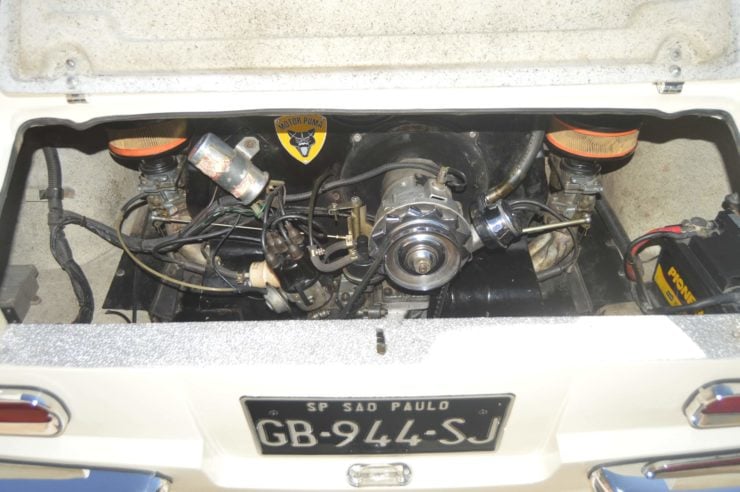

Rino Malzoni set to work developing a new car on a new platform. He would develop a fiberglass body that could be bolted to the Karmann Ghia platform – amazingly it took him just nine months.
The car would be called the Puma GT however it was now based on a new platform, with an all-new body.
The Puma GT “Volkswagen”
With the release of the Volkswagen-based Puma GT things really look off for Lumimari, they sold more than 23,500 cars in total and became Brazil’s pre-eminent sports car manufacturer.
Based on the Karmann Ghia, the Puma GT featured an elegantly styled body made from lightweight fiberglass, seating for two, a rear parcel shelf area, and a front trunk. Both 1.5 and 1.6 liter flat-four VW engines were used depending on the year and specification.
As with the Karmann Ghia, the Puma GT had independent front and rear suspension, drum brakes front and back, and a 4-speed manual transmission. No one would accuse the car of being particularly fast but Brazilian’s are a famously inventive people, and highly tuned engines were soon taking to the streets.
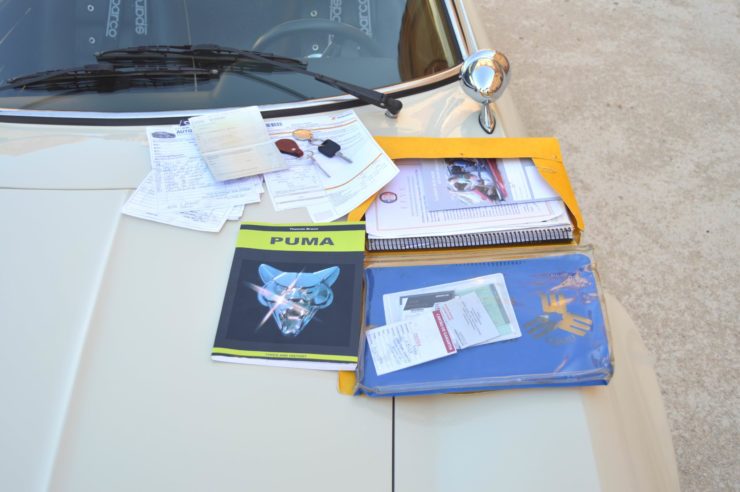

Lumimari themselves answered much of this demand by offering high performance cam shafts, higher compression pistons, dry sump kits, oil coolers, and other parts to help get the cars moving.
The Puma GT was eventually sold in over 50 countries, and a factory opened in South Africa to build them under license for the local market.
All examples of the Puma GT are now highly collectible in Brazil and their profile on the international classic car stage is rising as more and more people take an interest in the unusual automotive creations of men like Malzoni.
The Puma GT Shown Here
This Puma GT is a 1500 model, it’s said to have spent many decades in a private Brazilian collection being well cared for, before being sold and shipped to France in 2021.
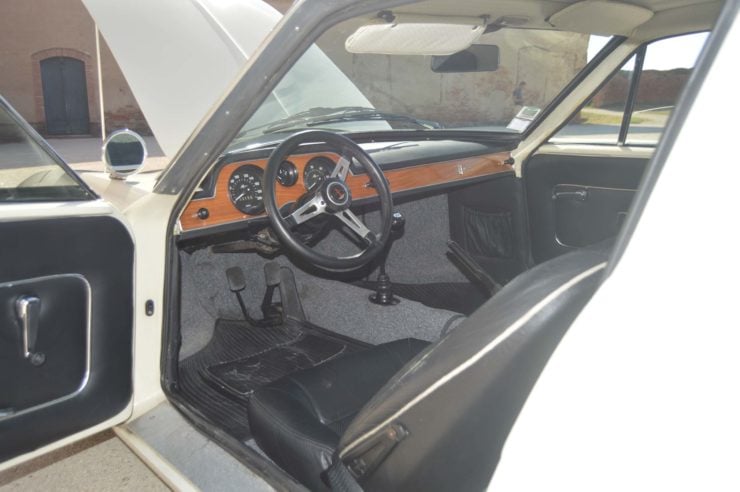

It was built in Brazil in 1969 and then restored in 2006, it carries its original numbered plaque showing that it’s car 143 of the 160 of this variant that were made.
Inside you’ll find original carpets, a partially retrimmed interior, and a pair of new Sparco three-point harnesses that were fitted in 2021 for safety.
The car is now being offered for sale on Car & Classic out of Castelsarrasin in France. If you’d like to read more about it or register to bid you can visit the listing here.
If you’d like to read more about the history of Puma and Rino Malzoni you can visit the exceptionally detailed history site here, including many photographs you won’t see anywhere else. Be sure to click the “Continue” button at the bottom of each page to see the whole story.
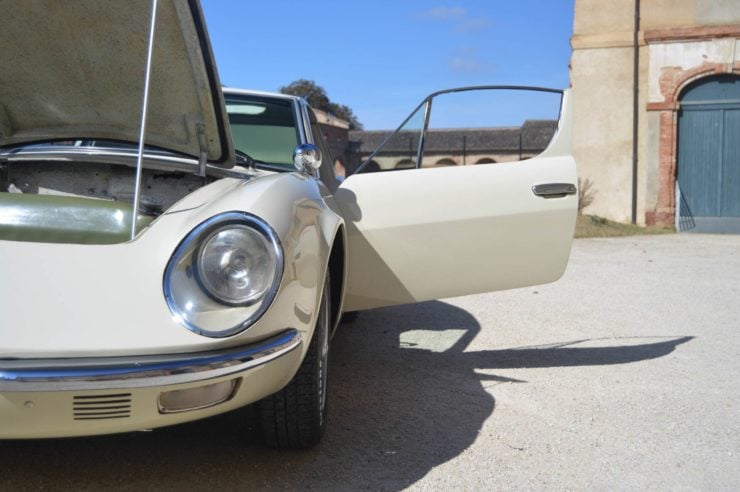
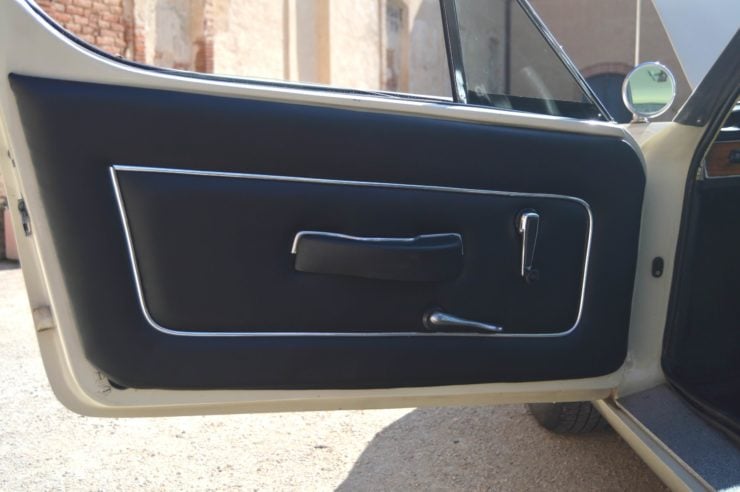
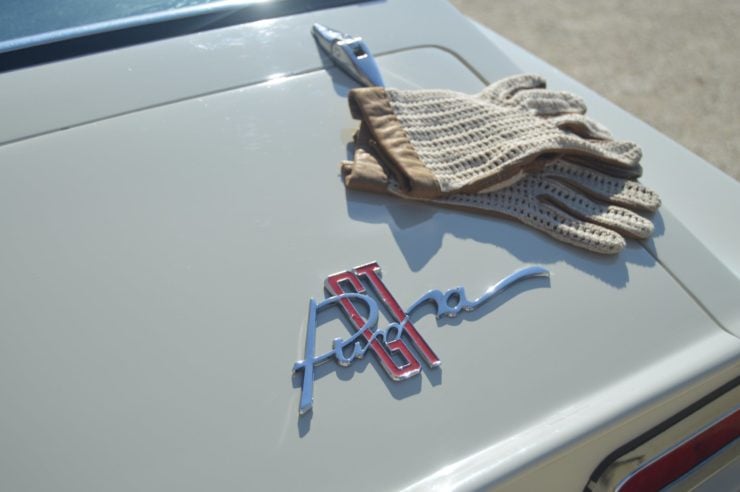
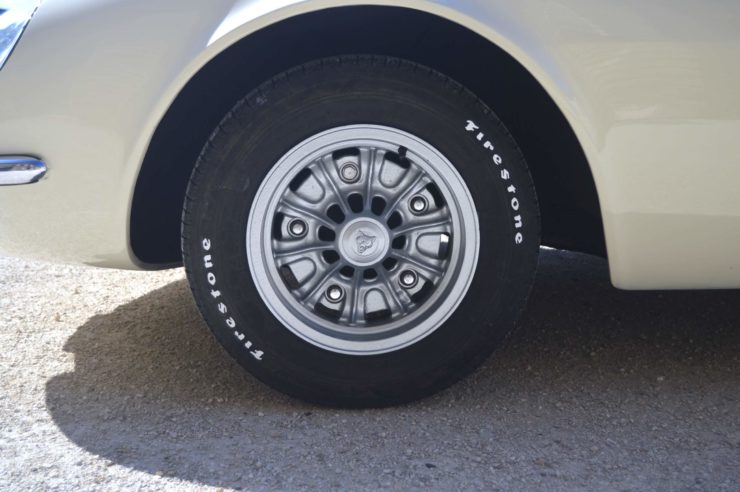
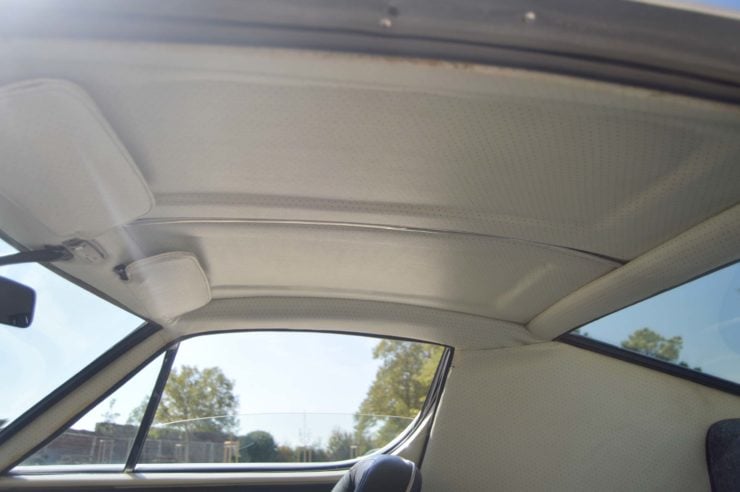
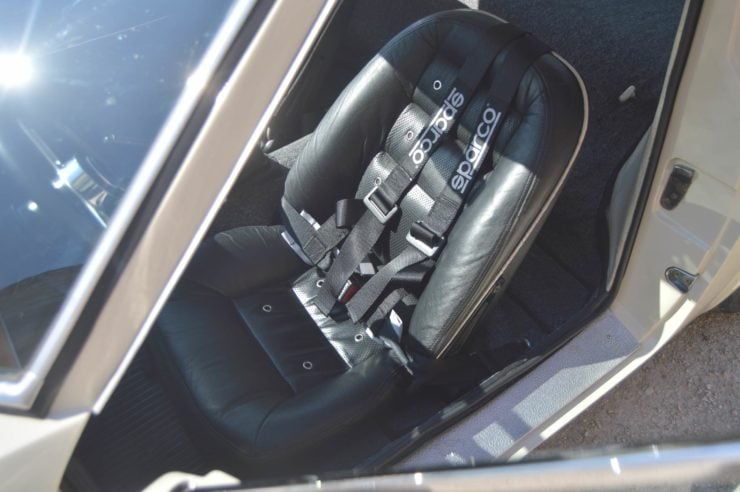
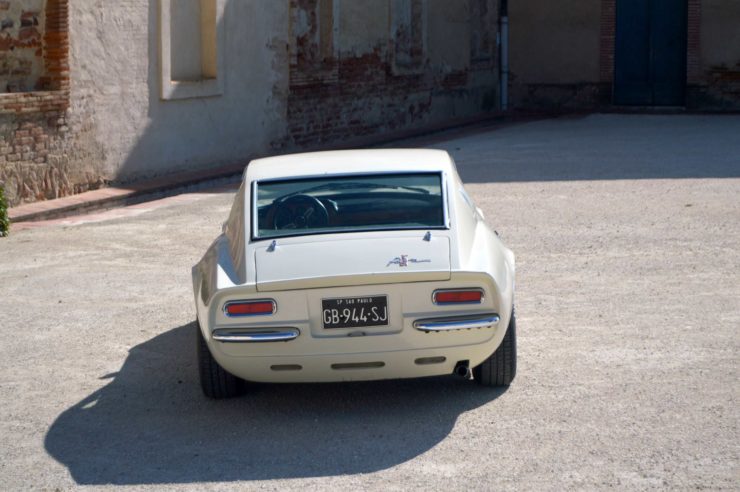
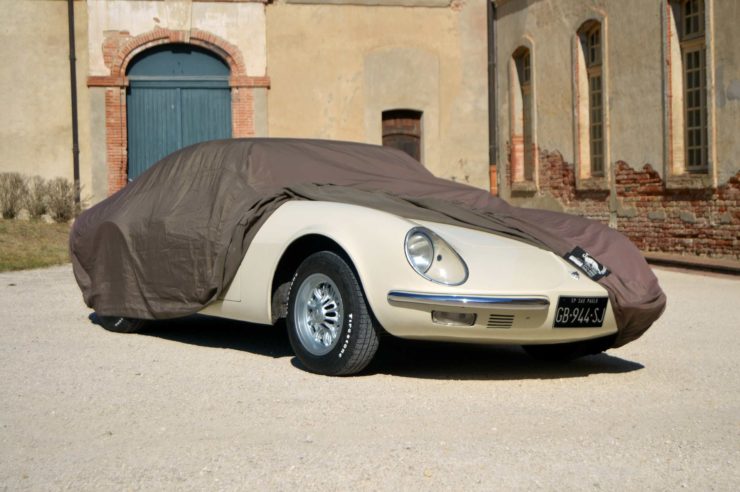
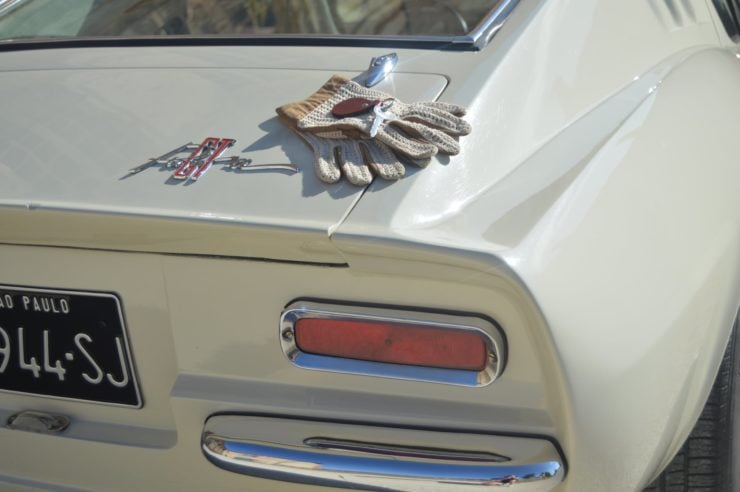

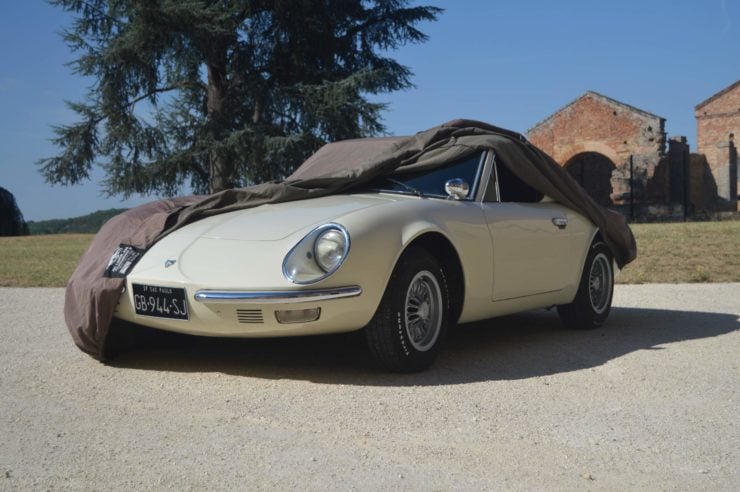
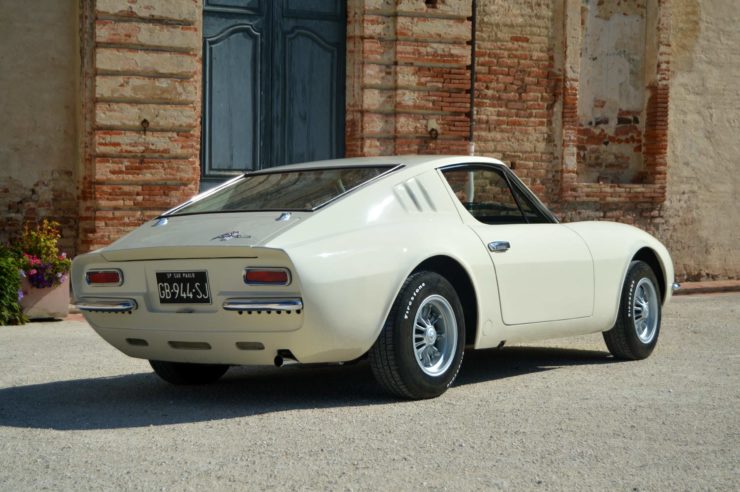
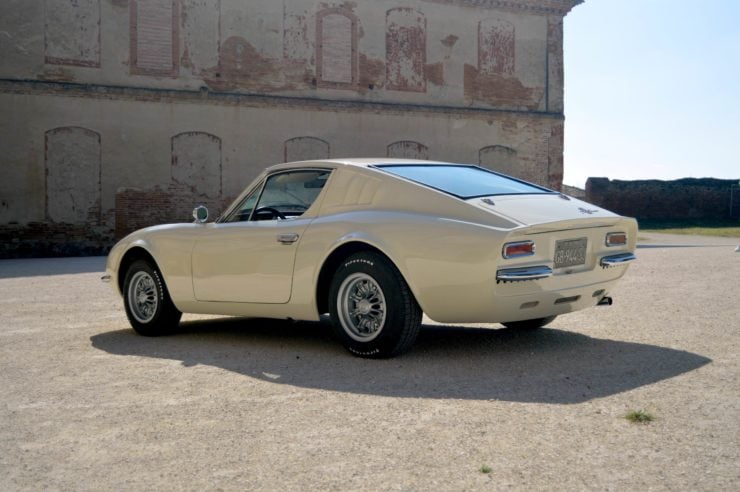
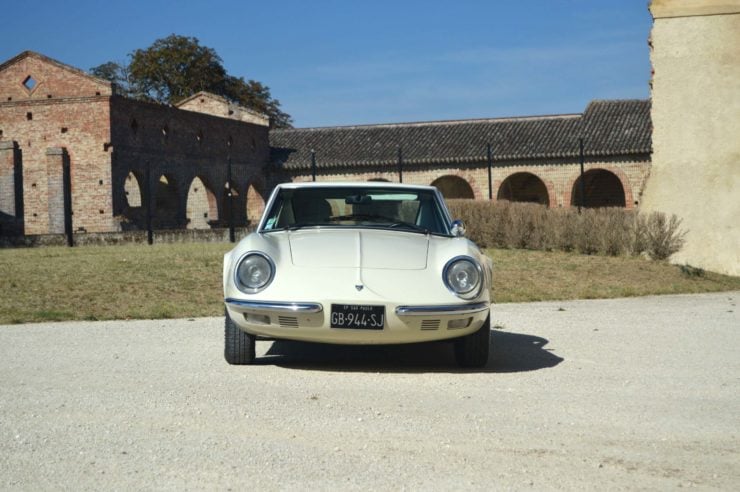
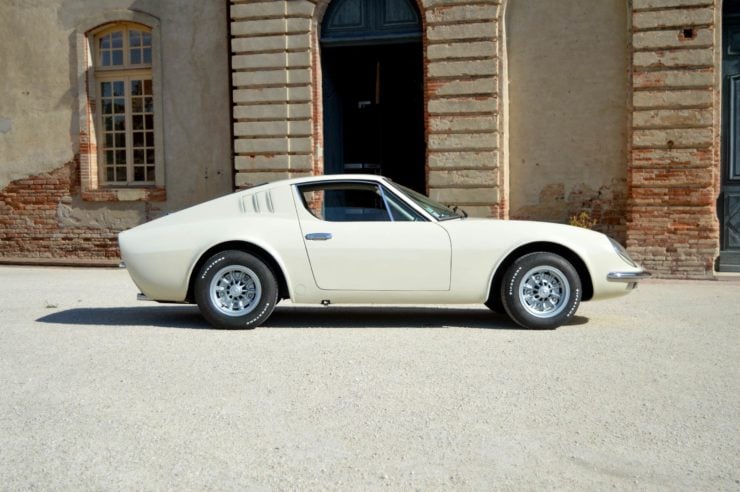
Images courtesy of Angus Martin + Car & Classic

